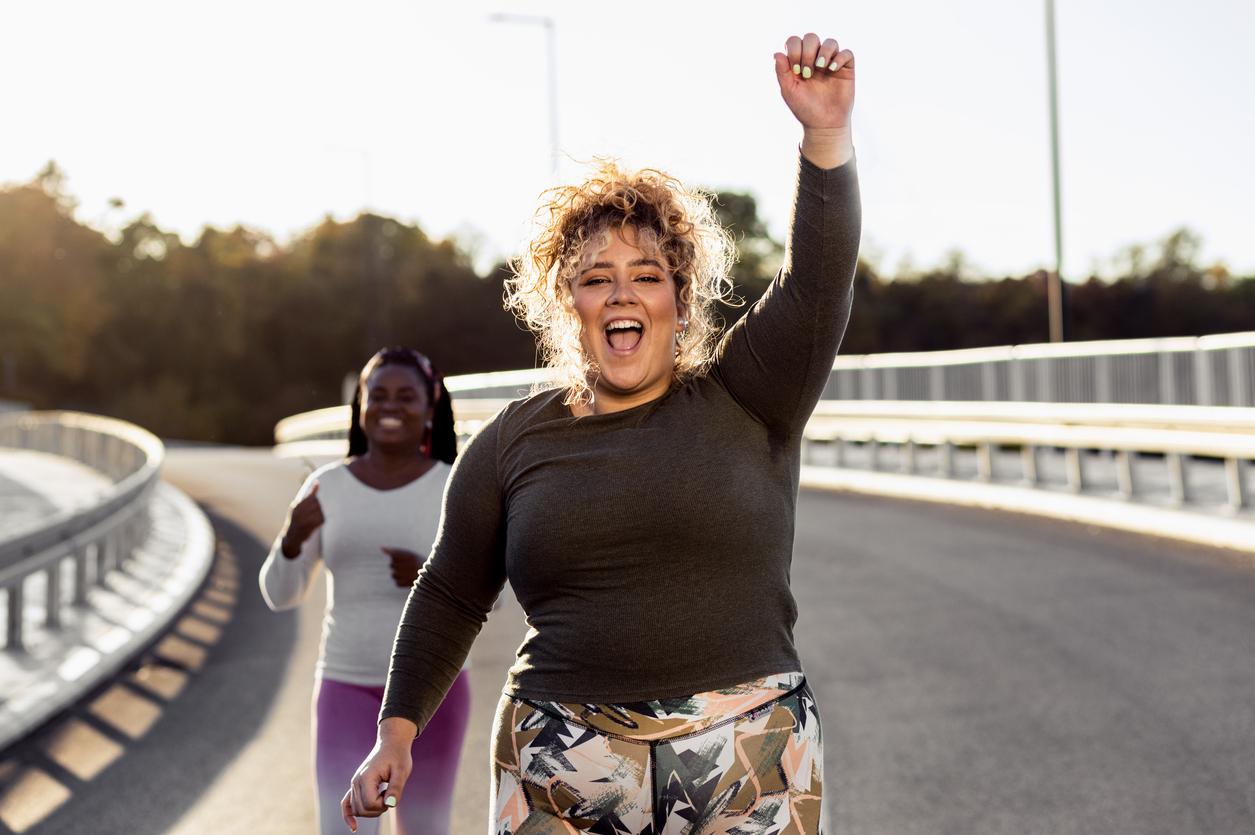If the return of summer heat results in heavy legs, consider a possible venous disease. A chronic pathology to follow very closely.

- Venous disease is a chronic disease from which there is no cure.
- As it is progressive, support is essential to avoid reaching the most serious stages.
“We must monitor the disease for life”. If it can be considered as a pathology without gravity and even sometimes as a simple aesthetic problem linked to the presence of varicose veins on the legs, the venous disease is to be taken seriously. As Christelle Bougard, vascular doctor and phlebologist, points out from the outset, it is better to be attentive to the appearance of any symptom, the first often being heaviness in the legs, restlessness or night cramps, since venous disease is a disease from which there is no cure and which can, if not taken care of, develop into serious forms.
A management which is characterized in France by an estimated delay of 7 years between the first signs of the disease and the first consultation with a general practitioner or a specialist. “The feeling of the disease is very variable, explains Dr. Christelle Bougard, but you have to consult even if you are not in pain because the pain is not proportional to the importance of the disease”.
Medical follow-up, guarantee of a normal life
“Venous insufficiency is a chronic disease, we detect it when there are symptoms and we treat it, but you have to come back every year to monitor your legs”, insists the phlebologist, recalling that the quality of this medical follow-up is a guarantee of a “normal” life. “When we explained to the patients that it was necessary to be followed regularly, to practice regular physical activity to help venous return or to wear a contention for prevention, they are relieved and continue to live as before”, adds Christine Bougard.
And this need for medical monitoring of venous disease concerns all age groups. Because the pathology can appear before 20 years, especially in the event of heredity, this one being the major risk factor and concerning as well the men as the women and being able to come to equality of the father or the mother. This weight of heredity in venous disease is very important since it increases the risk of having varicose veins from 50% if one of the two parents has them to 90% when both parents have them. And above all, this risk factor is essential, unlike those on which we can act, such as a sedentary lifestyle or being overweight.
A progressive disease
The other reason to watch closely for signs of venous disease is that it is progressive. So not only is there no cure, but it can get worse over time if it is not taken care of. There are thus 7 stages of the disease: the stage of pain or heaviness in the legs, the stage of the appearance of varicosities which can be treated by injection of sclerosing products, the stage of varicose veins which, despite surgical treatment, with endovenous laser or sclerotherapy may reappear, the stage of venous edema characterized by swelling of the ankle and which requires the wearing of compression garments, the stage of cutaneous complications, that of venous ulcers whose healing is difficult and that of complications serious, variceal hemorrhage or phlebitis, the latter being able to cause a pulmonary embolism with a life-threatening risk.
“Phlebitis is the major complication of varicose veins; when the leg becomes bulky, red and painful, these are signs that announce it”, concludes Dr. Christelle Bougard. A way of remembering that venous disease is chronic, progressive, and also potentially very serious.

Below, the interview of Dr. Christelle Bougard, vascular doctor and phlebologist:
.

















